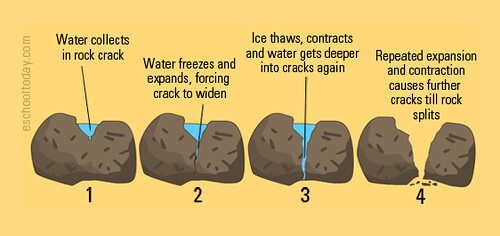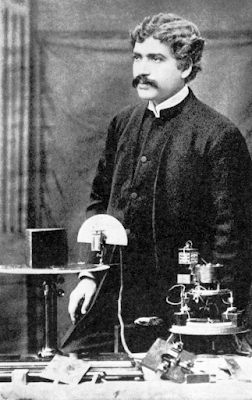Magnets, Magnesium and Manganese

Have you ever wondered why are magnesium and manganese similarly named? And do they have anything to do with magnets? I have. And I went seeking for the answer and reached - Greece. GLORY TO GREECE! Once upon a time, two black minerals were discovered in Magnesia , Thessaly, Greece. This place is the home to a beloved Hellenic hero, Jason (the golden fleece & argonauts). Now the problem was, both were called magnes from their place of origin, but were considered to differ in gender . MAGNETIC MAN... The masculine magnes attracted iron, and was the iron ore now known as lodestone or magnetite , and thus gave us the term magnet i.e. The word magnet was adopted in Middle English from Latin magnetum " lodestone ", ultimately from Greek magnētis [lithos] meaning "[stone] from Magnesia". METALLIC WOMAN The feminine magnes ore did not attract iron. But was used to decolourize glass. This feminine magnes was later call

